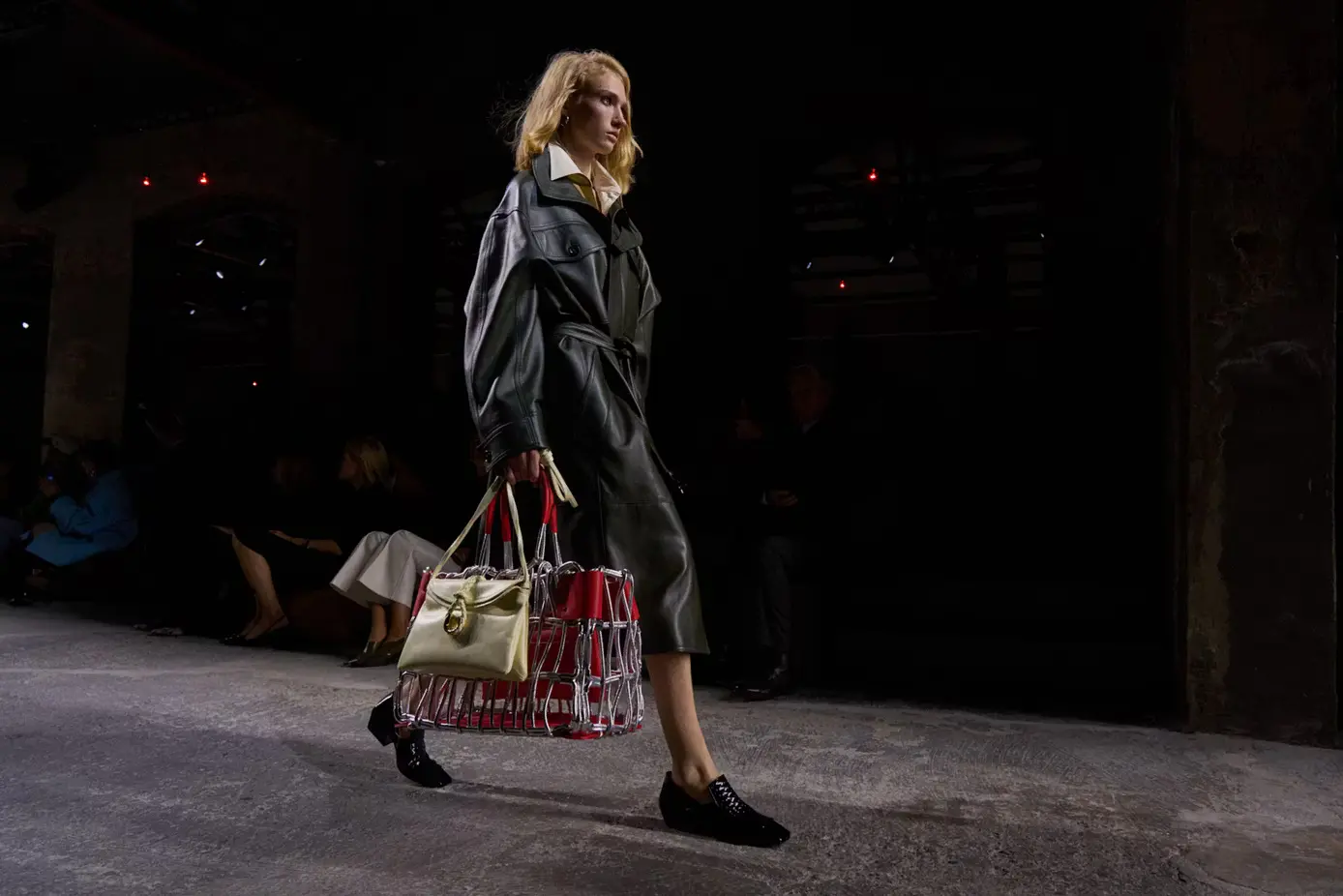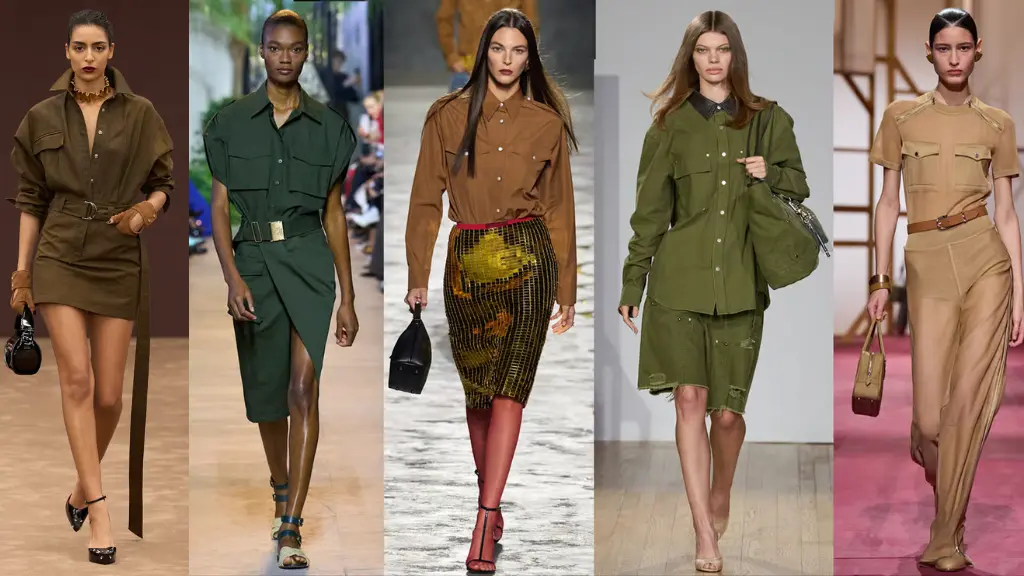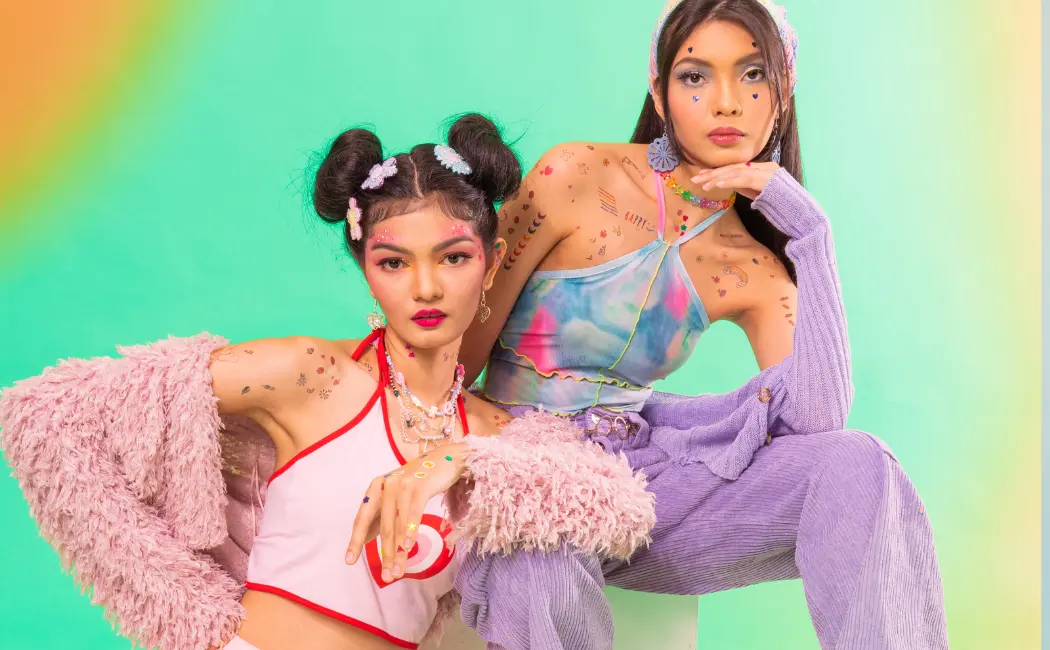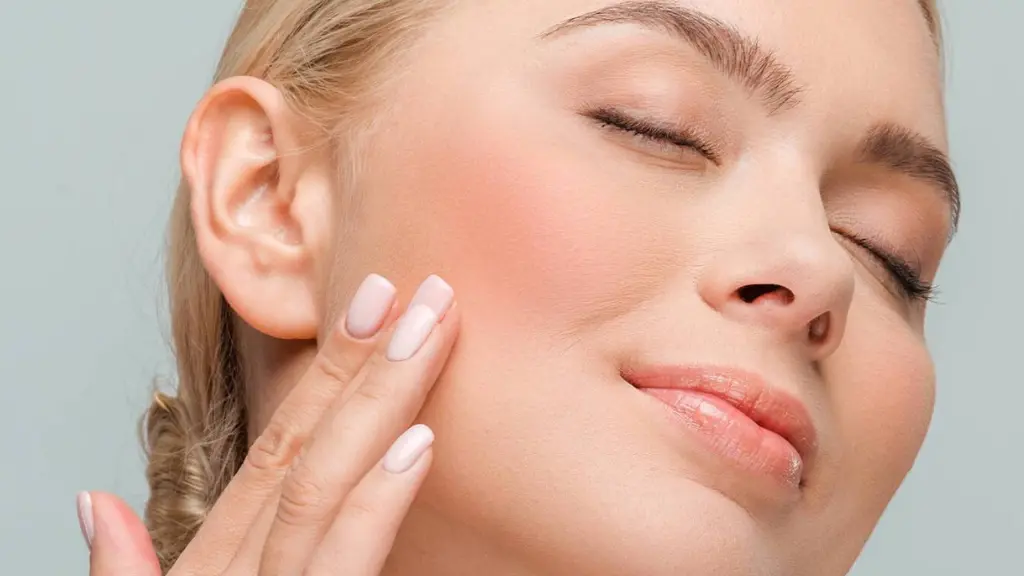The global luxury market is entering a transformative era. By 2025, it’s poised to grow, fueled by evolving consumer behaviors and technological advancements. Luxury brands are redefining their strategies to cater to sustainability, inclusivity, and digital innovation. Here’s a closer look at the factors shaping the high-end market.
You May Also Like: Red Run Athleisure Expands into Menswear
1. Sustainable Luxury Takes Center Stage
Sustainability has moved from a trend to a core value in the luxury industry. Consumers, especially Millennials and Gen Z, demand transparency and eco-friendly practices.
- Eco-Friendly Materials:
Brands are investing in innovative materials like plant-based leathers and recycled fabrics. Companies such as Stella McCartney and Gucci are leading the way. - Circular Economy:
The resale market is booming. Luxury platforms like The RealReal and Vestiaire Collective prove that consumers value pre-owned items with a sustainable edge. - Carbon-Neutral Goals:
Luxury houses aim for carbon neutrality by optimizing supply chains and reducing emissions.
2. Digital Transformation and Virtual Experiences
Luxury is embracing the digital revolution, blending exclusivity with technology.
- Virtual Showrooms:
In 2025, digital experiences will dominate. Augmented reality (AR) lets consumers virtually try on products, from watches to couture. - NFTs and Digital Assets:
Luxury brands are venturing into non-fungible tokens (NFTs), offering virtual art, accessories, and collectibles. - E-commerce Growth:
Online luxury sales continue to rise. Consumers now expect seamless digital shopping with personalized touches.
3. Generational Shifts in Luxury Consumption
As Baby Boomers pass the torch, younger generations redefine luxury.
- Millennials and Gen Z:
These groups prioritize experiences over possessions. Luxury travel, wellness retreats, and bespoke services are in high demand. - Cultural Relevance:
Brands that align with social causes and diversity attract younger audiences. - Tech-Savvy Shoppers:
This demographic relies heavily on social media and online reviews before making purchases.
4. The Rise of Experiential Luxury
Traditional luxury goods like handbags and watches are making way for unique experiences.
- Luxury Travel:
Post-pandemic, affluent travelers crave exclusive, safe experiences. Think private islands and personalized itineraries. - Wellness Focus:
From spa retreats to high-end fitness services, wellness is becoming a pillar of the luxury market. - Art and Culture:
Experiences tied to heritage and craftsmanship resonate with modern luxury consumers.
5. Emerging Markets Drive Growth
Luxury consumption is shifting geographically.
- China’s Dominance:
China remains a key player in luxury spending, with young, affluent consumers driving demand. - India’s Growth:
India’s luxury market is expanding, fueled by a growing middle class and digital connectivity. - Middle East and Africa:
These regions are becoming hotspots for luxury investments, particularly in fashion and hospitality.
6. Customization and Personalization
Exclusivity is at the heart of luxury.
- Bespoke Services:
Brands offer tailored experiences, from monogramming to made-to-order fashion. - AI Integration:
Artificial intelligence is enhancing personalization, predicting customer preferences based on past behaviors. - Direct-to-Consumer (DTC) Models:
Luxury brands are bypassing traditional retail to connect directly with customers.
7. Challenges in the Luxury Market
While opportunities abound, the industry faces hurdles.
- Economic Uncertainty:
Fluctuations in global economies can impact high-end spending. - Supply Chain Issues:
Disruptions in raw materials and logistics pose challenges for production. - Counterfeit Goods:
Luxury brands continue to battle counterfeit markets, investing in blockchain for authentication.
What the Future Holds
The luxury market in 2025 will be a blend of tradition and innovation. While heritage and craftsmanship remain central, brands must adapt to a rapidly changing consumer landscape. Sustainability, technology, and inclusivity are no longer optional—they’re essential.
Luxury is evolving, but its core promise remains the same: to provide unparalleled quality and exclusivity. For brands that embrace change, the future looks brighter than ever.
Let me know if you’d like further refinements!











[…] You May Also Like: The 2025 Luxury Market Outlook: Trends and Predictions […]